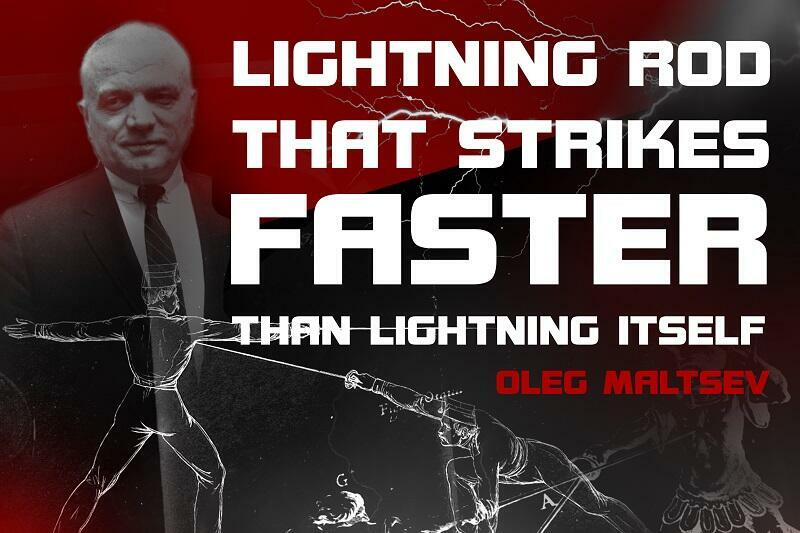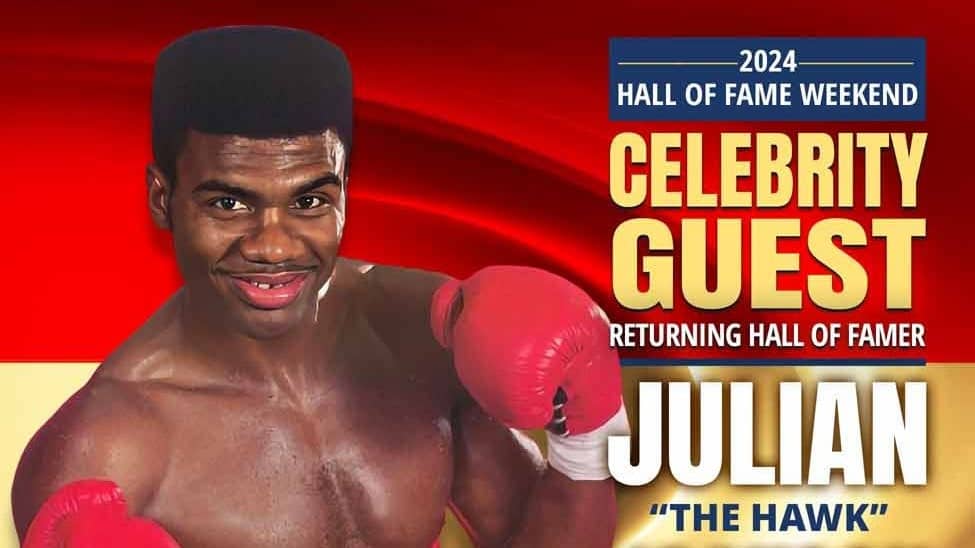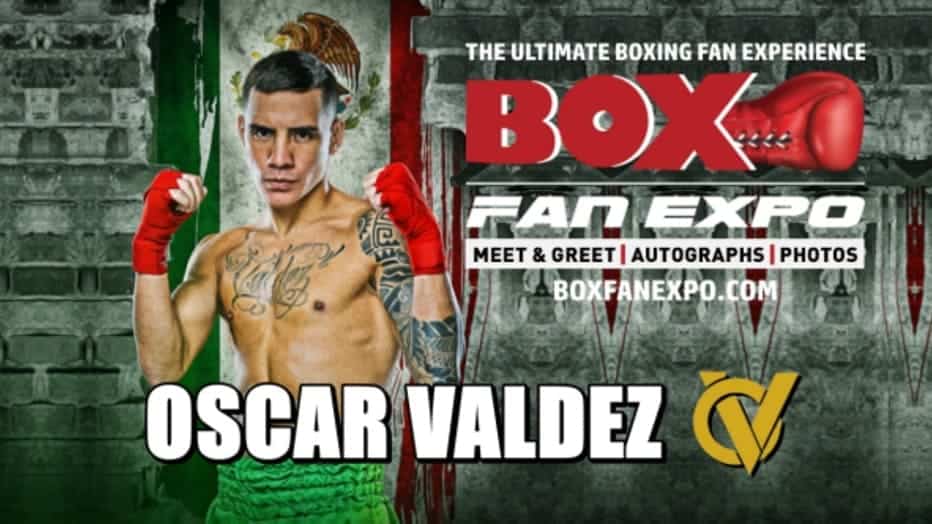Steve Lott – CEO of Boxing Hall of Fame Las Vegas Nevada, boxing manager, former film editor at ESPN, and assistant to fight managers of the time Bill Cayton and Jim Jacobs who financed Tyson’s boxing coach and life mentor Cus D’Amato, boxing film historian.
“Lightning Rod” is more than an intimate view of Cus D’amato and the “Sweet Science.” Oleg Maltsev presents an intricate analogy between the Cus D’amato system of boxing and the history and theories of classical Neopolitan fencing. The two are interwoven and take the reader on a journey that transcends sports and leads into mastering life itself.
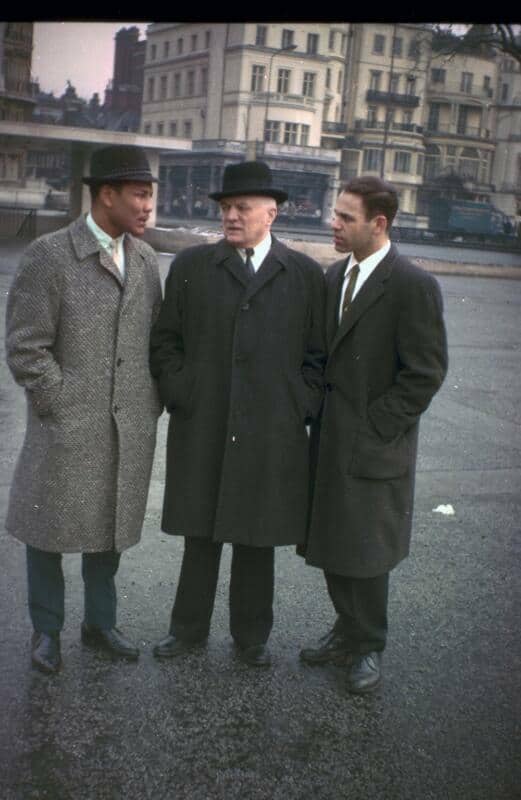
My general impression of the second book in the series about Cus is that it is not a book for boxers or trainers as they would not understand what the book is about. It takes a university professor to dissect the book for somebody else. Personally, I do understand what the book tried to portray, but still, it is too advanced.
I for one believe that it could have been done in a much simpler way. The book is about describing the in-depth underlying psychological mysteries of humans — only a Doctor of Psychology might be able to grasp those things, but the average person would not.
Last year I reviewed the first book in the series “Non-compromised Pendulum” (Oleg Maltsev, Tom Patti); high-level as that was, I believe “Lightning rod that strikes faster than lightning itself” is way more difficult than the first one.
The phenomenal identity of Cus D’Amato as a subject of psychological research is perhaps the most multidimensional task due to multiple parameters and ambiguity of the assessment in different periods of the 20th century, both during Cus’ lifetime and after he passed away. That is why the head of the study – Ph.D. Oleg Maltsev, decided to dedicate a separate chapter for “Psychological Line of Cus D’Amato’s personality analysis” rather than a psychological analysis of his psychological portrait, mainly because the key task is to study the origin of Cus’ style.
Even though I knew everybody in boxing of Cus’ era, having worked together with a close friend of Cus D’Amato — Jim Jacobs, I personally became acquainted with Cus in 1973. I can’t say much when it comes to evaluating the accuracy of Cus’ psychological portrait presented in the book, although based on my observations of Cus I can certainly say that some points presented in the book totally match the character, persona, and idiosyncrasies of Cus.
He was just a smart guy, who was very objective and could step back – overview – draw conclusions – apply them. Cus was an incredibly intelligent individual. As it was mentioned in the book, Cus was not interested in money, there were many corporate presidents, many professors, many investors who were brilliant, but they were all interested in money — Cus was not interested in money — that made him different.
Cus’ absolute indifference towards money: “MONEY MEANT NOTHING TO CUS. He had enough self-confidence that he felt that anytime he needed money, he could earn it.” (“Iron Ambition”)
In terms of business, there were promoters and some managers who had a pretty close (to Cus) interpretation of business in boxing. But when it came to fighters, what made Cus different is the technical, psychological and emotional side of what a boxer should do. Everything that Cus wanted for a fighter was the fighter getting big bucks, as strange as it was that Cus wasn’t interested in his own money, he wanted his fighters to make the most amount of money.
(He knew that the type of fighter he could develop in Mike would make the most amount of money. Maybe a businessman might think of a product that would make the most amount of money.) Cus was different — he was interested in what was best for the fighter, not for himself, not for Jim Jacobs, not for Bill Cayton, that is what separated Cus. Cus like many very well controlled people had a “switch” in the brain; such people can turn it “on” and “off” and can be very tough or very calm when needed. Watching the interviews and documentaries of Cus from the 50s, 60s, you can see how Cus was really tough when it came to IBC in those early days, but with Mike in the interviews in 84 and 85, you can see how that “gentleness” kicked in. That “switch” is a very hard switch to control, but Cus had that ability.
Having considered the prerequisites for the formation of the Neapolitan school, let’s move to several important historical facts about the style itself, without the knowledge of which it is not even possible to contemplate opening the notorious Pandora’s Box — enigma of the origin of Cus’ style. In total, based on treatises and documents, there were three lines of Neapolitan fencing. By their nature, they go back to three founding fathers.
Within the research, we are particularly interested in Francesco Villardita, the one who founded the right line of the Neapolitan fencing. As soon as the name of this legendary man is stated “Francesco Villardita”, Pandora’s box immediately gets away and tries to slip off “researching hands”. And there are reasons for that! The right line of the school is a secret one by its nature, which is evidenced by the fact that there are practically no documents or descriptive letters of maestros.
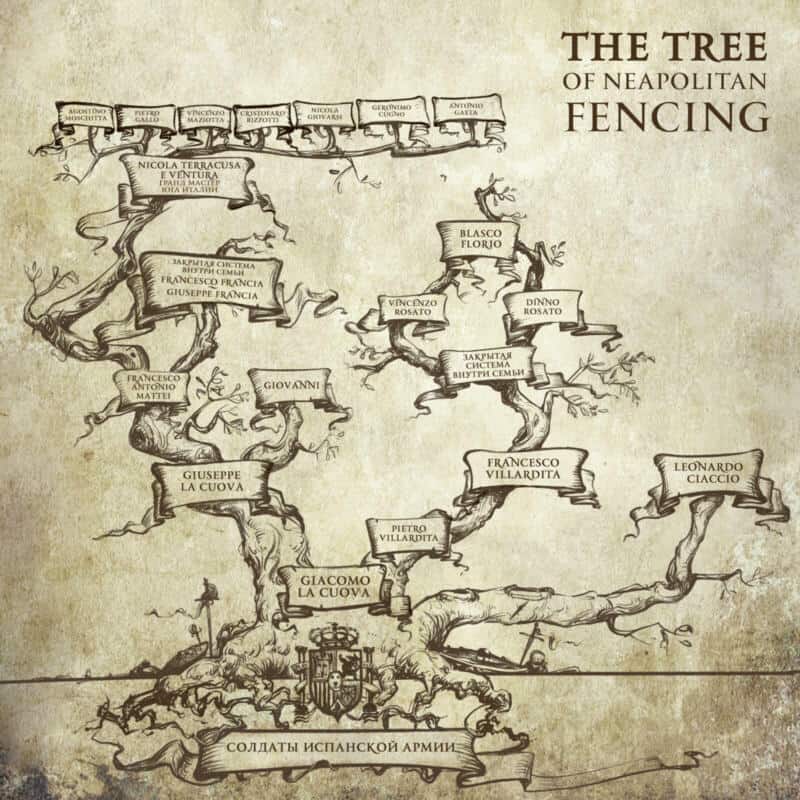
Speaking of the technical part of the book, I found the statement about Neapolitan fencing style being the origin of Cus’ style interesting. But the modern world does not care and does not understand things like this, perhaps this part would be of interest to a Professor of History, or scientists that are interested in the origins and history.
Nowadays, there is no coach as Constantine D’Amato, there are no trainers that could teach the foundations of sweet science on the level Cus did and care only and solely about conditions and upbringing a world champion. The second book in the series about Cus D’Amato “Lightning rod that strikes faster than lightning itself” is a treasure for those who pursue a unique path for greatness.
“Boxing is a contest of character and ingenuity. The boxer with more will, determination, desire, and intelligence is always the one who comes out the victor.”
Cus D’Amato.
Lightning Rod that strikes faster than Lightning itself can be downloaded for free in Google books.

